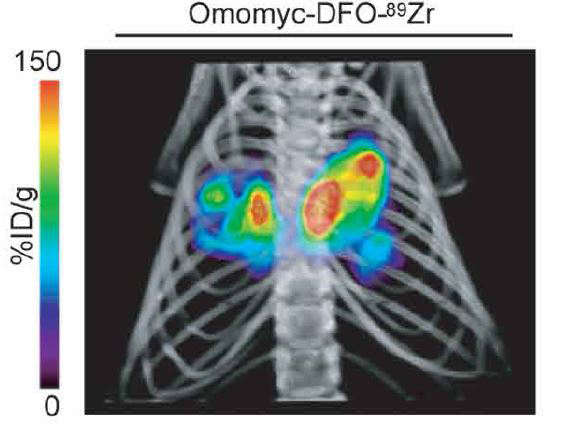Everybody working in cancer research dreams of the ideal cancer drug that could attack cancer cells, but not normal tissues. However, the majority of our targets so far are in the most redundant compartments of cells that can quickly rewire to compensate for our attacks. Hence, novel opportunities might lie in the identification of less evolutionarily degenerate nodes in cancer. Some of these functions might be identified in the nuclei of cells (a compartment less accessible to standard drugs), where many proteins are intrinsically disordered, lacking a defined three-dimensional structure amenable to attack by canonical small molecule inhibitors. But are these challenges sufficient to dismiss these targets as “undruggable”? Our answer is definitely not.
In our last publication in Science Translational Medicine [1], we established the feasibility of pharmacologically targeting MYC, the most infamous “undruggable target” deregulated in the majority of human cancers, by making use of a cell-penetrating polypeptide called Omomyc. I designed Omomyc when I was still a student, and I used it in genetically engineered models to establish the therapeutic potential of MYC inhibition to stop tumor progression. However, Omomyc was deemed too bulky and unfit to ever become a drug. And this is where our last publication is really proving this assumption wrong. In [1], we showed that a purified, recombinantly produced Omomyc polypeptide has cell-penetrating properties and is disruptive in multiple ways: not only can Omomyc sequester MYC in complexes unable to recognize DNA, but it shows a dramatic therapeutic effect in Non-Small lung cancer, while displaying safety and lack of toxicity even upon long term treatment.
Overall, our results provide the first evidence and preclinical validation of the Omomyc mini-protein as an excellent candidate for clinical development. Indeed, clinical trials are now planned for Q1 2021 to test its clinical value in patients.
Reference
